south
of
the clouds
south
of
the clouds
Exploring the Hidden Realms of China
Seth Faison
st. martins press  new york
new york
SOUTH OF THE CLOUDS. Copyright 2004 by Seth Faison. All rights reserved. Printed in the United States of America. No part of this book may be used or reproduced in any manner whatsoever without written permission except in the case of brief quotations embodied in critical articles or reviews. For information, address St. Martins Press, 175 Fifth Avenue, New York, N.Y. 10010.
www.stmartins.com
Except as noted, all photographs are by the author.
Library of Congress Cataloging-in-Publication Data
Faison, Seth.
South of the clouds : exploring the hidden realms of China / by Seth Faison.
p. cm.
ISBN 0-312-30640-7
EAN 978-0312-30640-3
1. ChinaSocial conditions1976- I. Title.
HN733.5.F34 2004
951.05'8'092dc22
2004048380
First Edition: October 2004
10 9 8 7 6 5 4 3 2 1
For Siobhan
contents
south
of
the clouds
prologue
TERRA-COTTA
O ver the centuries, the farmers who tilled the dry soil in Lin Tong County, a bleak patch of China near a turn in the Yellow River, told their young about ghosts lurking underground. A boy named Yang listened to his grandfather tell stories at evening gatherings around a communal fire, and one favorite tale concerned an unfortunate ancestor who dug too deeply in the earth and saw the face of a ghost, half hidden in the dirt. The ancestor was cursed with a life of bad luck, Grandfather Yang said, for disturbing the slumber of an old spirit. The earth was to be respected, and feared.
In the 1940s, when Yang was still a boy, Communist cadres arrived in the area and opened a rudimentary school. Yang learned to read, a skill his father and grandfather never possessed. Yang was taught to value science and reject superstition. He was taught that workers, not gods, were the masters of fate. But Yangs parents were reluctant to let go of the ancient lore. Yangs father warned his boy not to ignore the gods who governed rainfall and the health of the family cow.
Yang left school at age sixteen to farm the family plot. It was tiresome work, but he had little choice, living in a rural area. When family farms were merged to create a commune, as they were all over China in the 1950s, Yang had to work under a brigade leader, a man who knew little of farming. Yang had a stubborn streak and bristled at taking direction from another man. In those days, however, there was no option. At Yangs commune, farming yields fell steadily. In the early 1960s, there was not enough food to go around, and Yang sometimes had to fight for scraps to feed his children. Although Lin Tong was located twenty miles from Xian, at one time the distinguished capital of China, the region retained few signs of its illustrious history. It was poor, and its people were hungry.
In 1974 Lin Tong suffered a bad drought. Yang, then thirty-six, was sent with another farmer to dig a well. They settled on a spot in the middle of a broad plain, where the wheat fields had gone fallow. It was dry and dusty. Yang and his comrade started digging. They worked at a Communist pace, taking turns. One dug for half an hour while the other sat. They took long breaks. To Yang, it was another day of wasted work. Still, they labored on. At about noon on the third day, Yang hit something hard with his shovel. At first I thought I hit a brick, but when I scraped away the dirt, it was the length of a full body, Yang said later. He pulled the torso-shaped piece of clay out of the ground, puzzling at the ornate warriors tunic over the chest. Yang and his partner walked back to their brigade to tell their leader. The leader could not be bothered to see for himself and told the two men to ignore the discovery and get back to work. Other neighbors came to take a look. Some were scared, recalling the old stories of ghosts in the ground, and urged Yang to rebury it. Yang would not. He was not afraid of ghosts. If his find was a historical relic, maybe it would earn him a small reward. His family needed the money. Yang put the long chunk of terra-cotta in the back of a three-wheeled cart and hauled it to the county headquarters a few miles away.
When Yang got there, a county official impatiently listened to Yangs tale. He tried to send Yang away, saying the office was busy with political study, where Mao-suited cadres sat around a table and took turns reading aloud from Peoples Daily. Yang insisted that someone look at his discovery. The official reluctantly let Yang dump the piece in a storeroom in the back, where it remained until an official from the Xian Relics Bureau came to look at it. This man guessed that the piece was one hundred years old and didnt regard it as anything special. Yang was back at his commune. He was given no reward and sent to another site to dig a well.
An archaeologist from Xian heard about the discovery and came to examine it. He reasoned that the design of the clay warriors outfit meant that the relic was from a far earlier time. Soon archaeologists from Beijing began investigating. When they went to look at the site where Yangs shovel hit the relic, and did more digging, they discovered that it was only inches from a buried doorway. Digging further, they saw that the doorway led to an underground vault. The more they dug, the more they found. Hundreds of buried warriors lay in long rows, as well as terra-cotta horses and a bronze replica of an emperors chariot, The vault eventually measured nearly a hundred yards long. Behind it lay three more vaults, and the army of buried clay figures totaled more than six thousand. There was only one conclusion: the warriors were intended for the tomb of Qin Shi Huang, the first emperor of China.
Q in Shi Huang was a conqueror. He inherited a modest, mountainous kingdom as a young man, vanquished a neighboring area and then another and another, eventually merging them into a grand empire in 221 B.C.E. Qins name, pronounced chin, became the origin of the word China, as his country would come to be known in the West. Qin considered his nation the center of the world, and Zhong Guo, or Central Kingdom, is what the Chinese call it today. Qin was a tyrant. He executed officials who questioned his judgment, and devised strict ways to control his subjects, like punishing the entire family of anyone suspected of committing a crime. He distrusted scholars and orchestrated a massive burning of books to keep them from reading texts he did not like. At the same time, he established a common system of writing with Chinese characters, a system that endures today. Qin envisioned and began constructing the Great Wall, a project that would take centuries. He created a strong and centralized Chinese state, concentrating power in the hands of one man and demanding submission from all others, giving Chinese culture its cautious, conservative, and politicized nature.
Qin planned an elaborate tomb, grander than any that had come before. He ordered the sculpting of life-sized warriors, an army of them, to surround his final resting place. It was a tremendous job, and the warriors were still being built when Qin died in 207 B.C.E. at age fifty-two. Qins son ascended to the throne, but the empire crumbled a year later, when rebels sacked the capital and torched the site where the terra-cotta warriors were still being assembled. The warriors were buried in burning rubble. Archaeologists later found that the mixture of compressed earth and ash preserved the terra-cotta warriors well. They lay underground, undisturbed, for more than two thousand years, while wars and rebellions came and went on the land above.
Next page
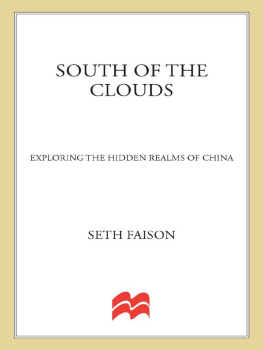


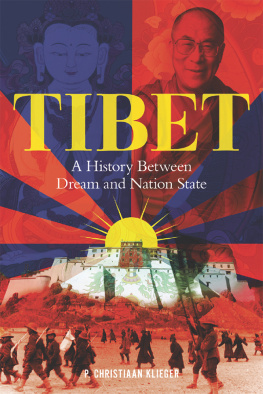
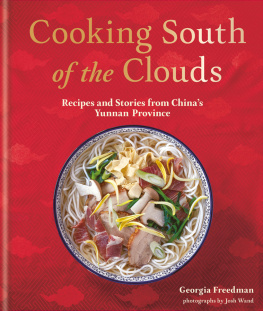
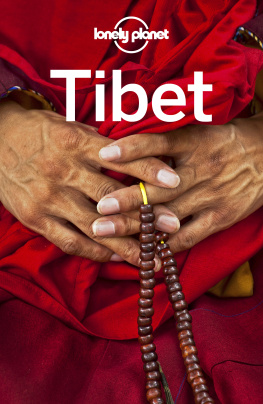
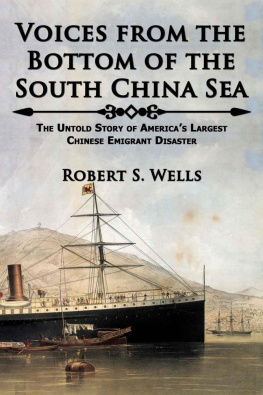
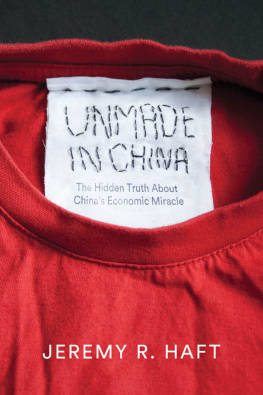
 new york
new york